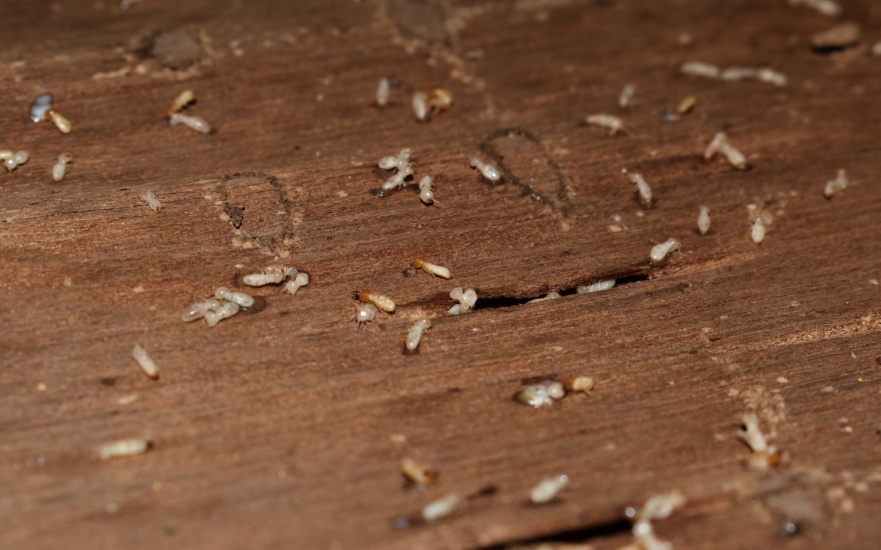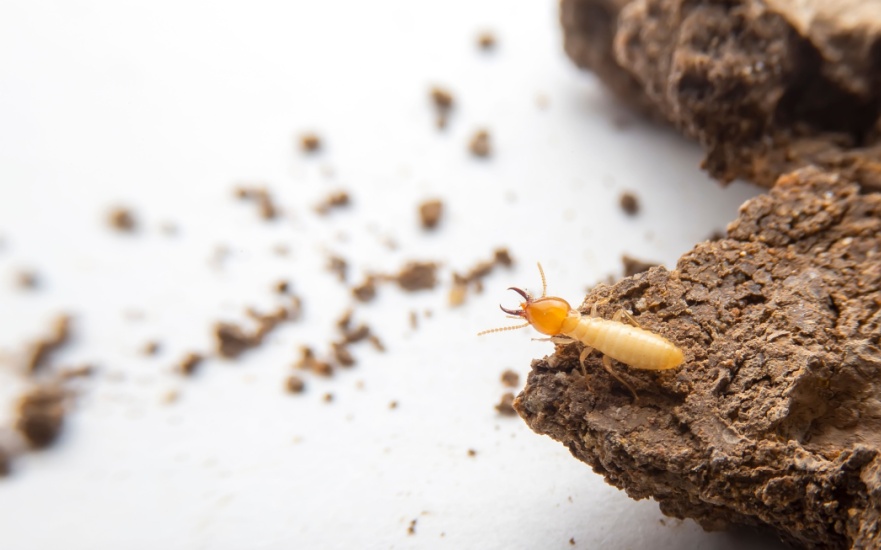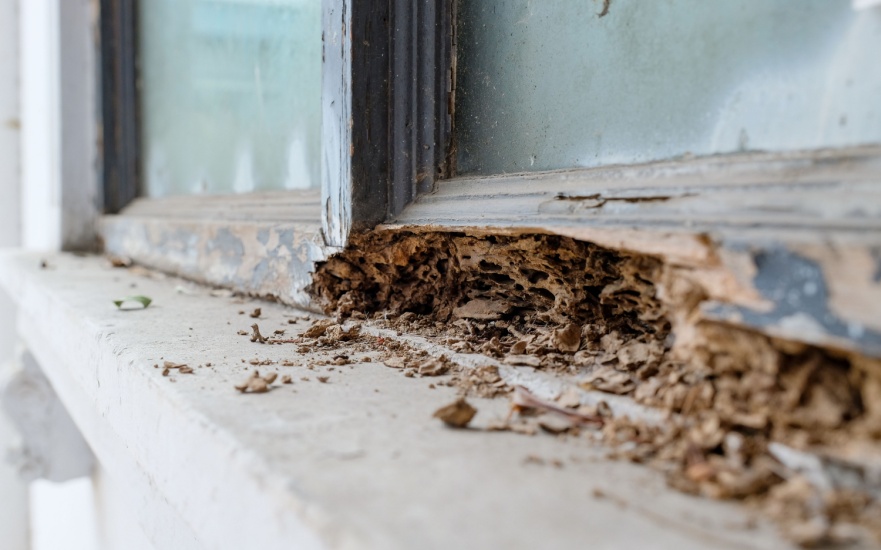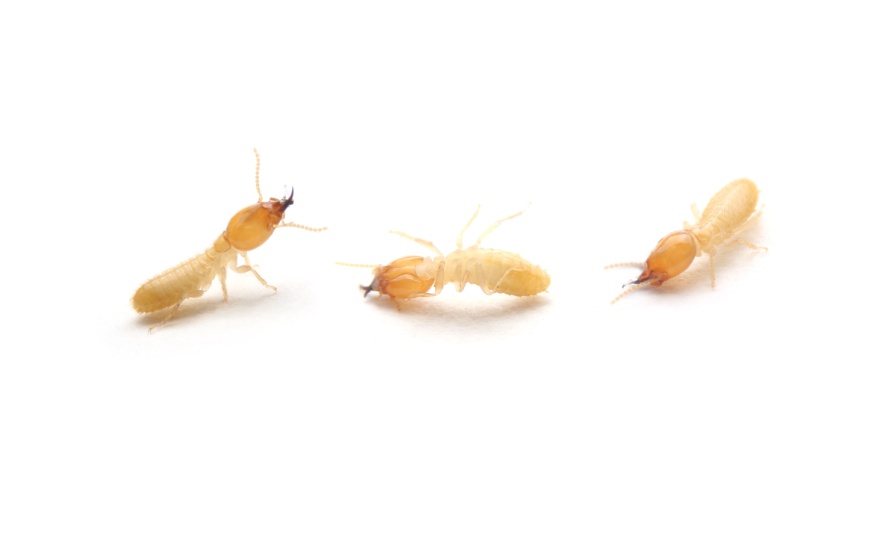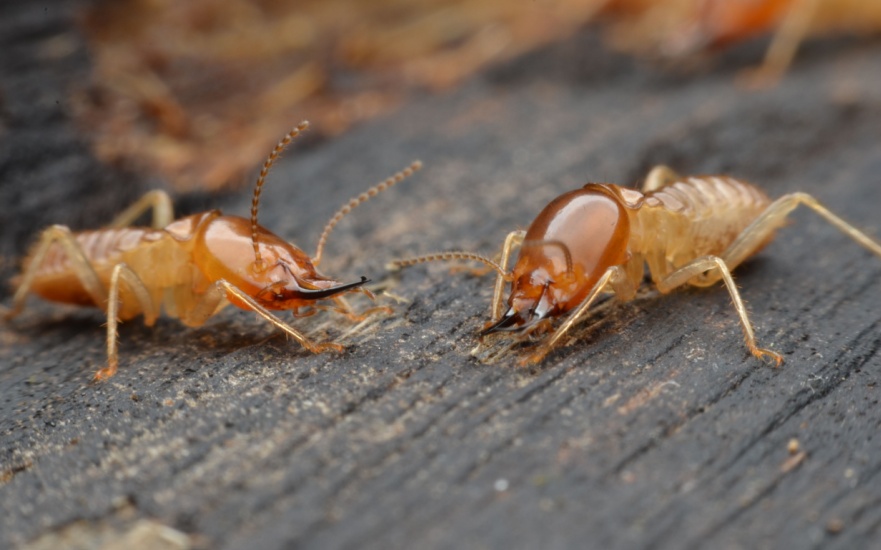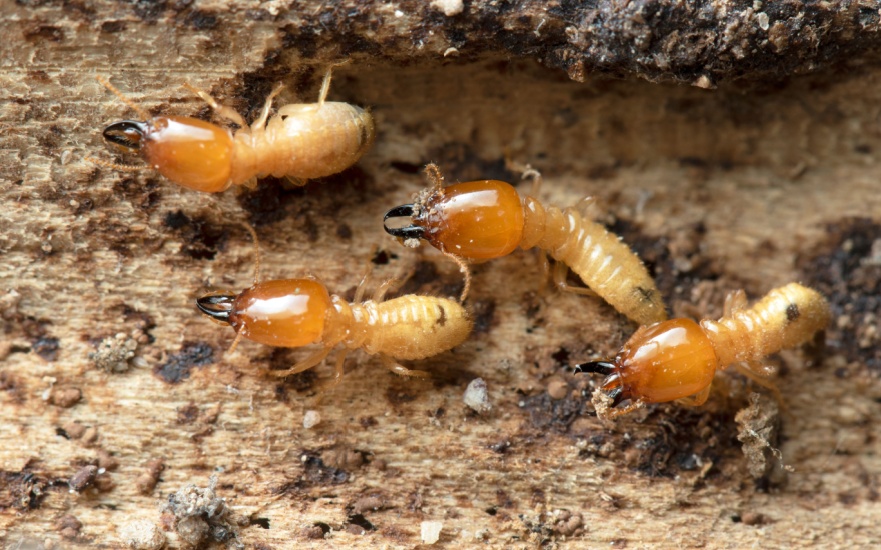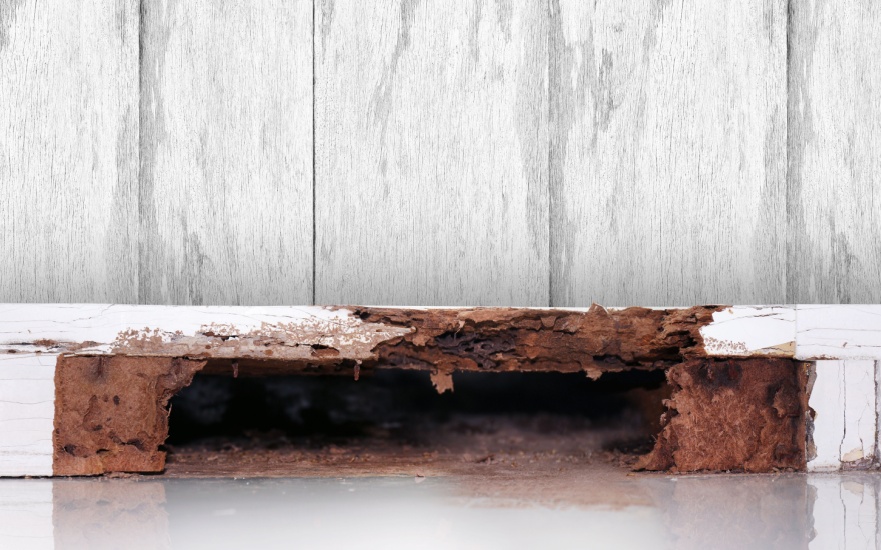Termite Inspections in Dallas, TX
Termite damage can hurt your property a lot. This is why checking for termites often is key, more so in Dallas, TX. At Vinx Pest Control, we know how important termite inspections are to keep your place safe. Our detailed services help find termites early, saving you from big repair costs later. Checking for termites […]
read more


